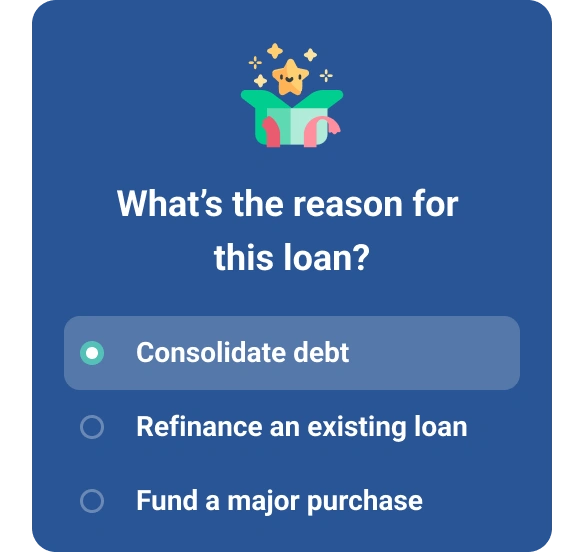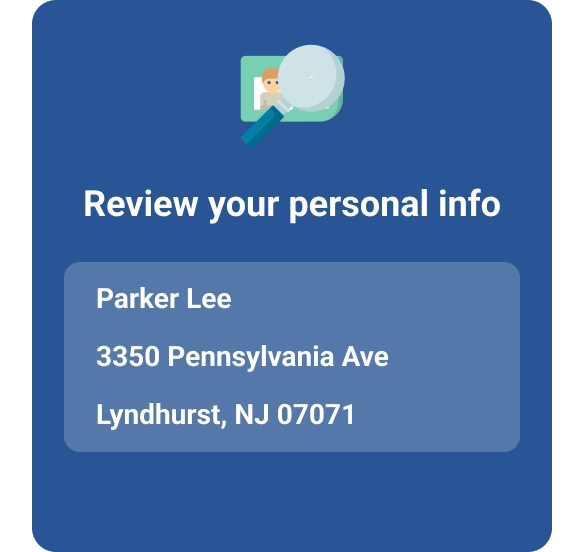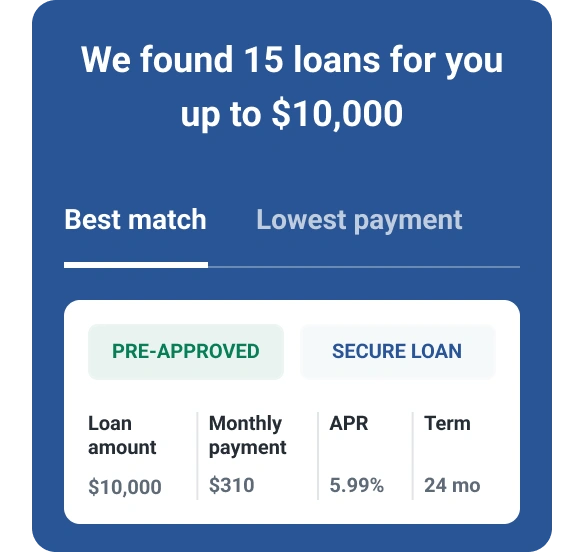Where Can I Get a Personal Loan?
Quick Answer
You can apply for a personal loan from an online lender, bank or credit union. Compare multiple personal loan offers to determine where you can get the best terms.

You can find personal loans from several types of lenders, including online-only lenders, banks and credit unions. These flexible loans are a popular option because you can use the funds for almost anything.
An Experian report found that there were 42.7 million personal loan accounts open as of the third quarter of 2020. Some borrowers use the money to consolidate higher-interest credit card debt, but you could also use it to make a large purchase or cover other bills.
3 Popular Types of Personal Loan Lenders
The interest rates and terms of your loan offers are generally more important than the type of lender issuing the loan. However, you still want to know where to look for offers.
Also, it's important to understand that lenders often market their personal loans using different names to target various borrower needs. You might see offers for debt consolidation loans, wedding loans, moving loans or emergency loans, for instance—but these are all typically personal loans, and you won't necessarily be restricted to using the funds for that purpose.
Online Lenders and Marketplaces
Some online-only financial technology firms specialize in personal loans. Experian found the percentage of unsecured personal loans issued by online lenders grew from 22% in 2015 to 49.4% in 2019.
Online lending services issue loans directly to borrowers, and some specialize in a particular type of loan or borrower.
Online lending platforms operate a little differently. The experience may be similar for borrowers, but the funds for the loans come from individual and institutional investors instead of a single financial institution.
Either option may offer a streamlined app- or browser-based application and review process. One thing to keep in mind: You won't be able to visit a branch because online lending services don't provide physical locations for customers.
Banks
Traditional banks offer personal loans as well. One potential advantage is that you might be able to have the money directly deposited into an account you already have at the bank, which could give you quicker access to the funds. However, some banks could require you to visit a branch to complete the application process, which might be more time-consuming than working with an online lender.
Credit Unions
Credit unions are not-for-profit financial institutions that serve their members with many bank-like products, such as loans and deposit accounts. Credit unions return their profits to members and may offer loans with lower fees and rates.
For instance, federally chartered credit unions (they'll often have "federal" in the name) have an interest rate cap of 18% on their loans. According to the National Credit Union Administration (NCUA), the national average interest rate on a three-year personal loan from a credit union was 8.95% in the second quarter of 2021; the average rate on the same loan from a bank was 10.09%.
Before you can get a loan from a credit union, you'll typically need to become a member. Some credit unions have strict criteria for membership, such as living in a certain region or working for a particular employer. Others are open to almost anyone—they simply require a one-time donation to a partner charity.
How to Choose a Personal Loan Lender
You might want to choose a loan from a financial institution you already work with, or you may want an in-person experience with a lender that has a branch nearby. However, if you're looking for the best rates and terms, comparing multiple personal loan offers is a good idea.
Before applying, you can narrow down your potential list of lenders by:
- Ruling out lenders that don't operate in your state.
- Reviewing the lender's minimum or maximum loan amounts to make sure they align with your needs.
- Looking for origination fees, which may be taken out of or added to your loan amount. Some lenders don't have any origination fees or base the fee, in part, on your credit.
- Seeing if a lender has a prepayment penalty. These aren't common on personal loans but can make paying off the loan early more costly.
You can also look for lenders that offer personal loan prequalification with a soft credit inquiry, which won't affect your credit score. After submitting several preapprovals, you can compare your offers' annual percentage rates (APRs), loan amounts, monthly payments and repayment terms to see which lender might be best. Then apply with whichever lender offered you the best loan.
Consider Shopping Around for a Loan
Using Experian could make it easier to figure out where to get a personal loan. Once you create a free account and log in, you can submit a personal loan prequalification request without affecting your credit. Experian then looks for loan offers from multiple partner lenders and sends you the results. The offers remain valid for 30 days, so you have plenty of time to compare them.
Need a personal loan?
Whether you're looking to eliminate debt or access cash fast, compare personal loan offers matched to your credit profile.
Start now for freeAbout the author
Louis DeNicola is freelance personal finance and credit writer who works with Fortune 500 financial services firms, FinTech startups, and non-profits to teach people about money and credit. His clients include BlueVine, Discover, LendingTree, Money Management International, U.S News and Wirecutter.
Read more from Louis

